EXPRESSÃO DE PINK1 EM CÂNCER DE MAMA
INTRODUCTION: Breast cancer is a heterogeneous and highly prevalent neoplasm, representing the leading cause of cancer-related mortality among women. The protein PINK1 (PTEN-induced kinase 1) plays a central role in mitophagy and may influence both apoptosis and tumor cell survival, depending on the cellular context. Evidence suggests that alterations in the expression of this protein may impact tumor progression, but the mechanisms involved are not yet well established. AIMS: To characterize the expression profile of PINK1 protein in breast carcinoma samples and correlate it with clinicopathological variables, molecular subtypes, expression of associated proteins (Parkin, BCLXL, PCPH, PTEN, and P53), and clinical outcomes, aiming to understand its potential prognostic role. MATERIALS AND METHODS: A total of 117 tumor samples were analyzed using immunohistochemistry to detect PINK1. Slides were digitized and processed in Adobe Photoshop to exclude non-tumoral areas, generating 3,737 cropped images analyzed by color morphometry in Image ProPlus software. Both total (distribution) and strong intensity expression of the protein were quantified. Clinical and histopathological data were correlated using statistical tests (ANOVA, Student’s t-test, Pearson’s and Spearman’s correlations, Fine & Gray regression, and Cox regression). RESULTS: The analysis identified statistically significant correlations: (1) total and strong PINK1 expression with age; (2) total PINK1 expression with strong Parkin expression and with total BCLXL expression; and (3) strong PINK1 expression with strong Parkin expression. All correlations were weak. No relevant associations were found with stage, grade, molecular subtype, Ki-67, hormone receptor status, clinical outcomes, or survival time. FINAL CONSIDERATIONS: In the studied breast cancer model, PINK1 expression showed no relevant associations with clinical variables, tumor characteristics, or prognosis, although occasional correlations with age, Parkin, and BCLXL were observed. Methodological limitations should be considered. Future studies with larger and more diverse sample sizes and complementary methodologies, such as RT-PCR, are recommended to help clarify the role of PINK1 in tumor biology.
KEYWORDS: Breast cancer; PINK1; Immunohistochemistry; Mitophagy.
Para validarmos seu voto, por favor, preencha os campos abaixo. Alertamos que votos duplicados ou com CPF inválido não serão considerados.




